by Irma Havlicek
Powerhouse Museum Online Producer
Work days 2-10 – Wednesday 18 October to Friday 27 October 2012
Our main job over the next two weeks is to clear the site of the stones that stick up out of the earth and also the grasses and bushes (mostly full of thorns) which cover the site. This is so the geophysics experts can do their job (more about that in the next post).
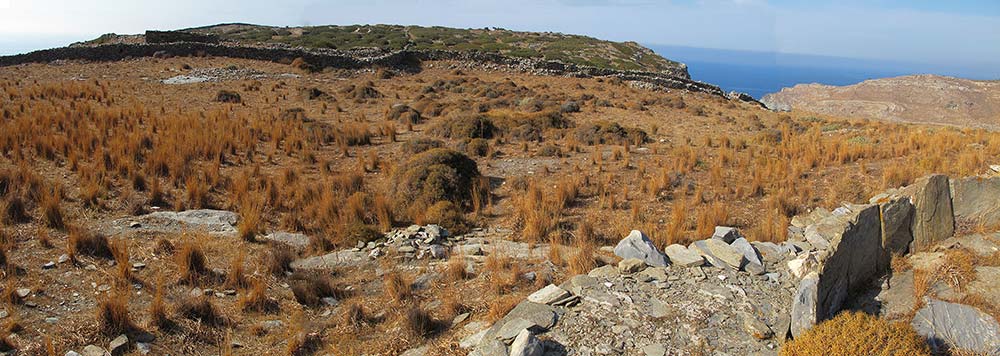
The ground penetrating radar machine cannot be pushed easily over protruding rocks or tall grasses and bushes. This land clearing is a vast amount of work, and it is extremely time critical.


The geophysicists are only here until Friday 27 October, and they have to get all their surveying done by then. So the plan is for as much work as possible to be done before then.

Our team leaders here, Meg Miller and Stavros Paspalas (the third team leader, Lesley Beaumont, arrives on Monday night 23 October), often refer to weather forecasts, prepared to constantly amend the work schedule in response to the weather.
And the weather here is proving extremely changeable – with all four seasons at their extremes in one day, just like Melbourne, which is said to have more Greeks living there than any other city outside of Athens.

So we are working against the clock trying to stay a step ahead of the geophysical team, clearing enough land so that they can use their instruments to assess the kinds of material that appears to be below the surface of the earth. This includes working on Saturday and Sunday 21 and 22 October.
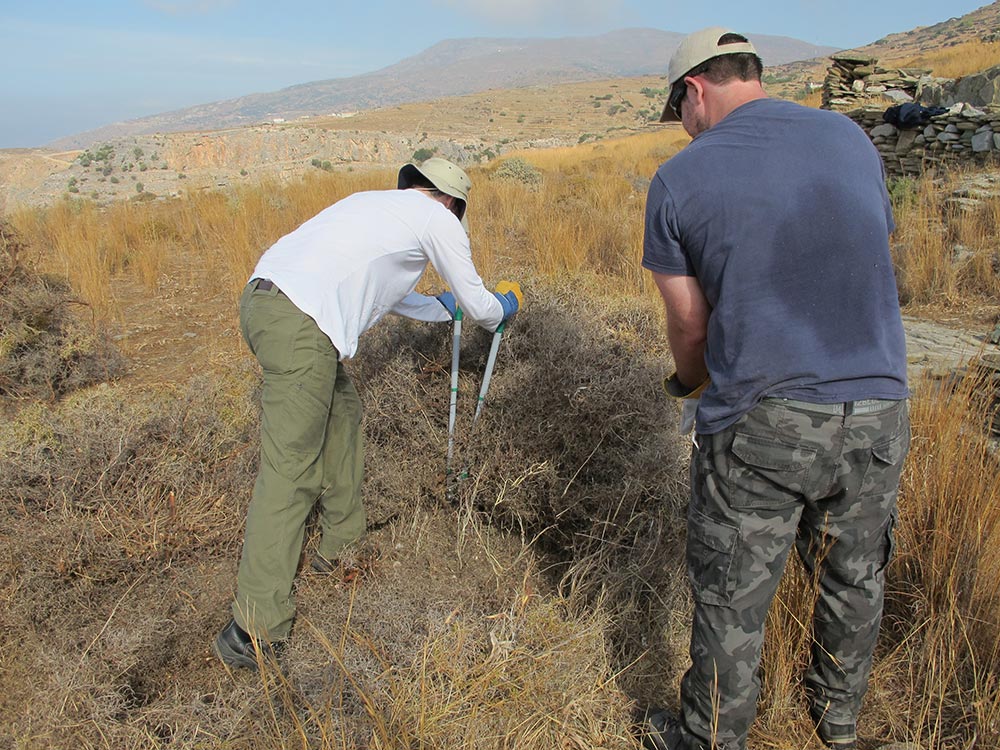
I have been helping with this work and I can tell you it is tough going. For most of the archaeologists, there is no break apart from a tea break and lunch – they just keep at it, all with the shared mission to get it done as well and as quickly as possible. (I get to stop to take photos or interview people for this blog, so it isn’t as full on for me as it is for them.) I takes me hat off to them.
The other thing is (so far, anyway), they all keep their sense of humour. Things tend to get a bit quiet on the walk back up the hill to the van, and on the drive home because everyone is so tired by then. And I can’t tell you how welcome is the sight of the van after the trudge up the hill.
Actually, we have a new route to the site now – the Donkey Track – which I will tell you more about in a later post. It cuts the walk down from 50 minutes to about 20 minutes but it’s steeper in places. Still, at the end of a hard day, it sure feels better to have only a 20 minute walk instead of a 50 minute walk until we can stop and sit down in the van.
More site clearers
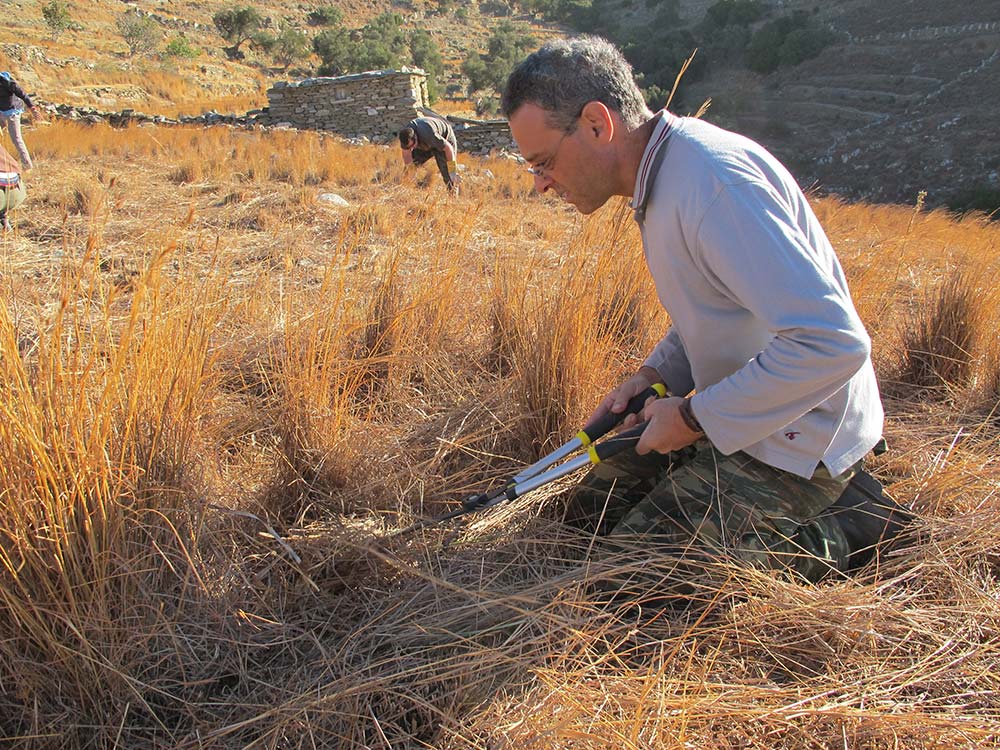
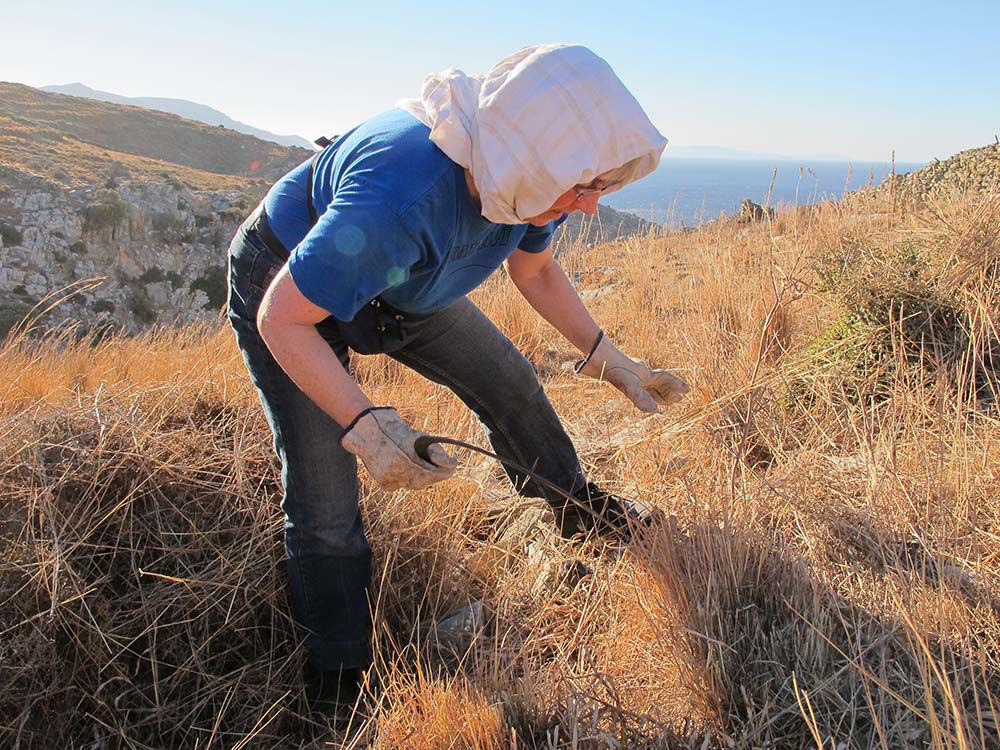
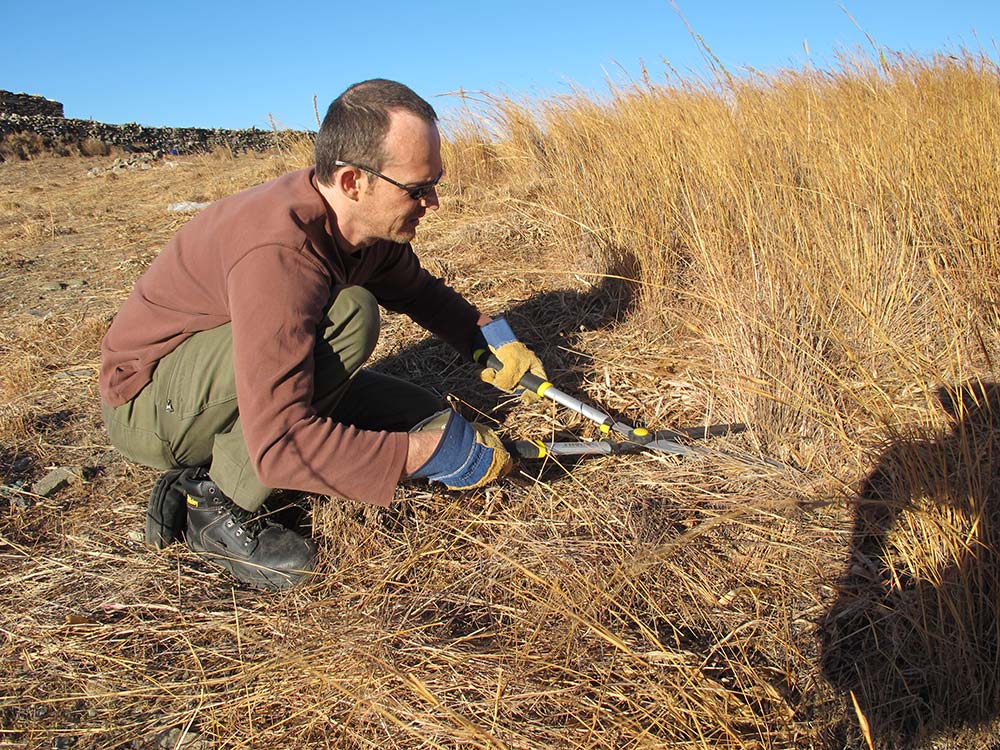

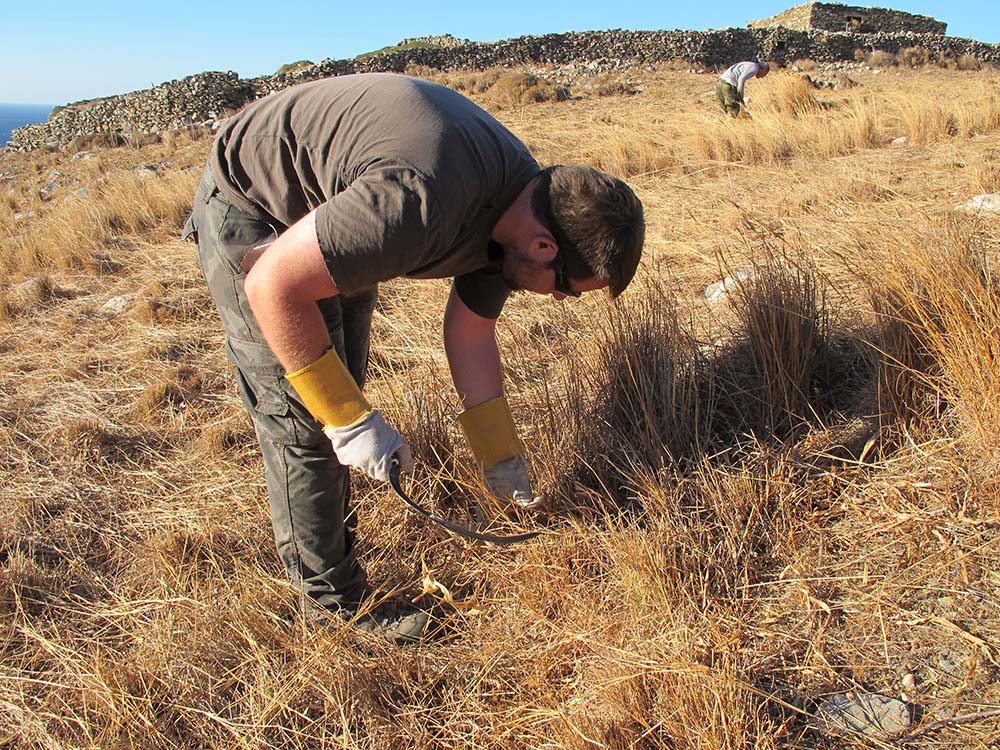
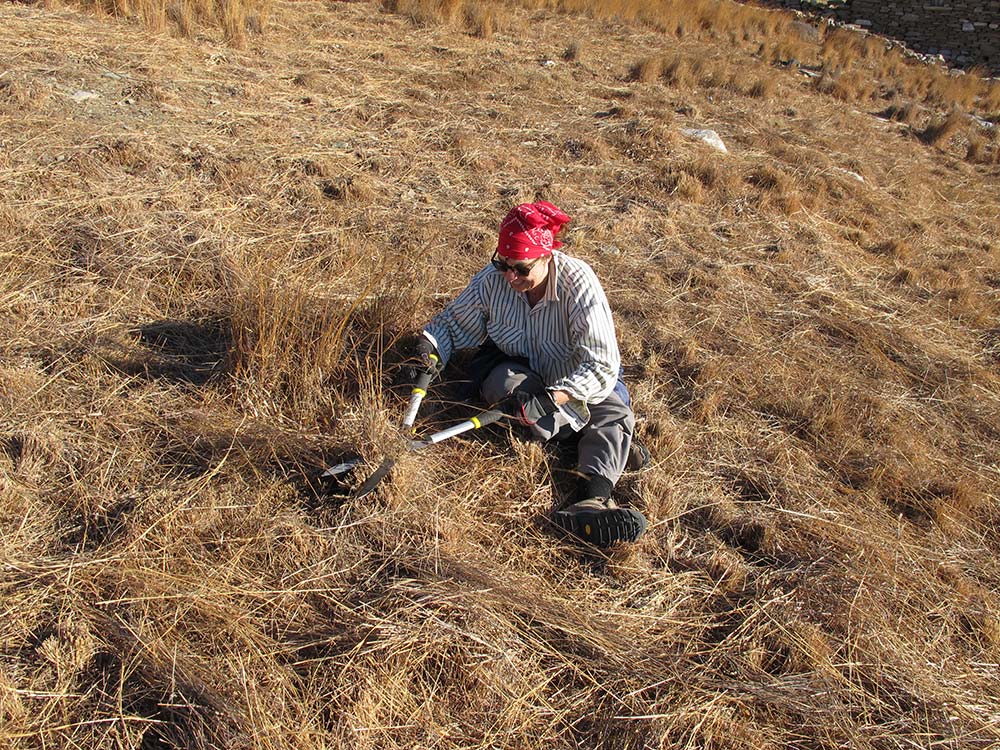

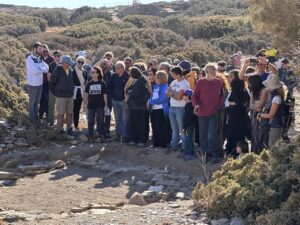
9 thoughts on “Site clearing”
Hmm I had never considered this sort of clearing – what you usually see is people working with fine brushes.
The site looks beautiful and quite wild. Can’t help wondering what sort of creatures might be living in all those thorn bushes although that is nothing to do with the dig of course.
It is beautiful and wild. After I’ve been working for a while, and I stop to look around at the breathtaking view to the sea, I have to pinch myself to believe I am really here.
I’ve seen goats and sheep – but not too close to the site. Other than that I haven’t seen many creatures…. though there were small red and black insects in the grass we were cutting. I will photograph them and perhaps Martin can identify them? Also, I did photograph a small grey/black spider – I’ll post that photo when I also get the red and black insect photos up.
Wow! Looking great everyone! Those of us stuck back in the Sydney offices are seriously considering shutting up shop and jumping on a plane….
Would be happy to go…even if it means cutting down grass with nail scissors!
I’m sure we could make a sickle or shears available to you!
Can’t the expedition spring for one Victa mower? What’s the saying about omelettes? To hell with the archaeology! More time to admire the scenery! On a serious note, looks like really hard yakka. Hope you get really good data.
If only a Victa could have coped with the kind of terrain and growth we were dealing with. It was really tough tufts of grasses – not the lawn Victas are made for. Plus thornbushes which required hoes and real strength to remove them. (I didn’t even try that job.) Yes, it has been hard yakka. So has the work by the geophysical team – which there will be a post about soon. And it’s been in thunderstorms, pounding rain and fierce wind much of the time. (But I must say – I wouldn’t have missed this for quids!) The video I’ll post a bit later will give you an idea. We too are hoping for great data. We’ll have to wait and see….
Oh goodness me it looks beautiful and isolated. I hope you are all wearing sunblock. Did you know that you’d be tackling all that grass or was it a surprise? Can’t wait to see what you all find.
Top hats off to you guys!
Yes – very beautiful and isolated. And we are all wearing sunblock, and brimmed hats (tied on with elastic because otherwise they’d fly off in the fierce wind! – some of the video I’ll put up later will give you an idea of the wind). We did know we’d have to clear some of the site so the geophys team could do their jobs. But I don’t think I was quite prepared for how physically demanding it would be – especially with the walk down the site first, then the walk back up after the work. Thanks for your tip-of-your-hat.